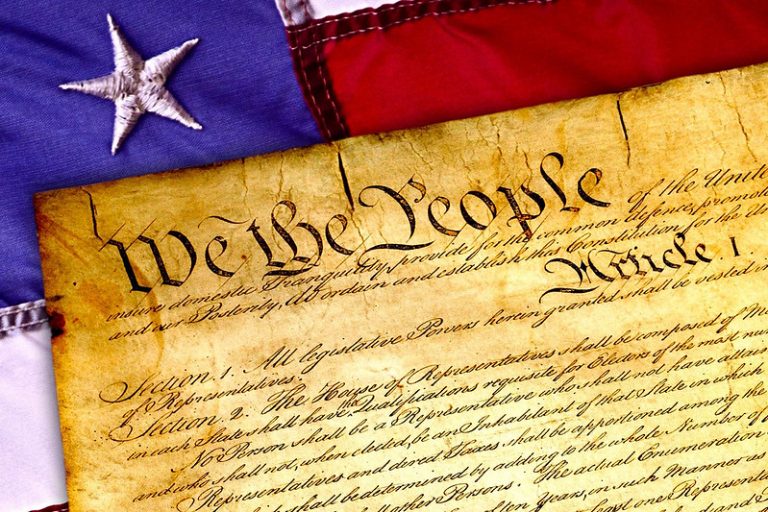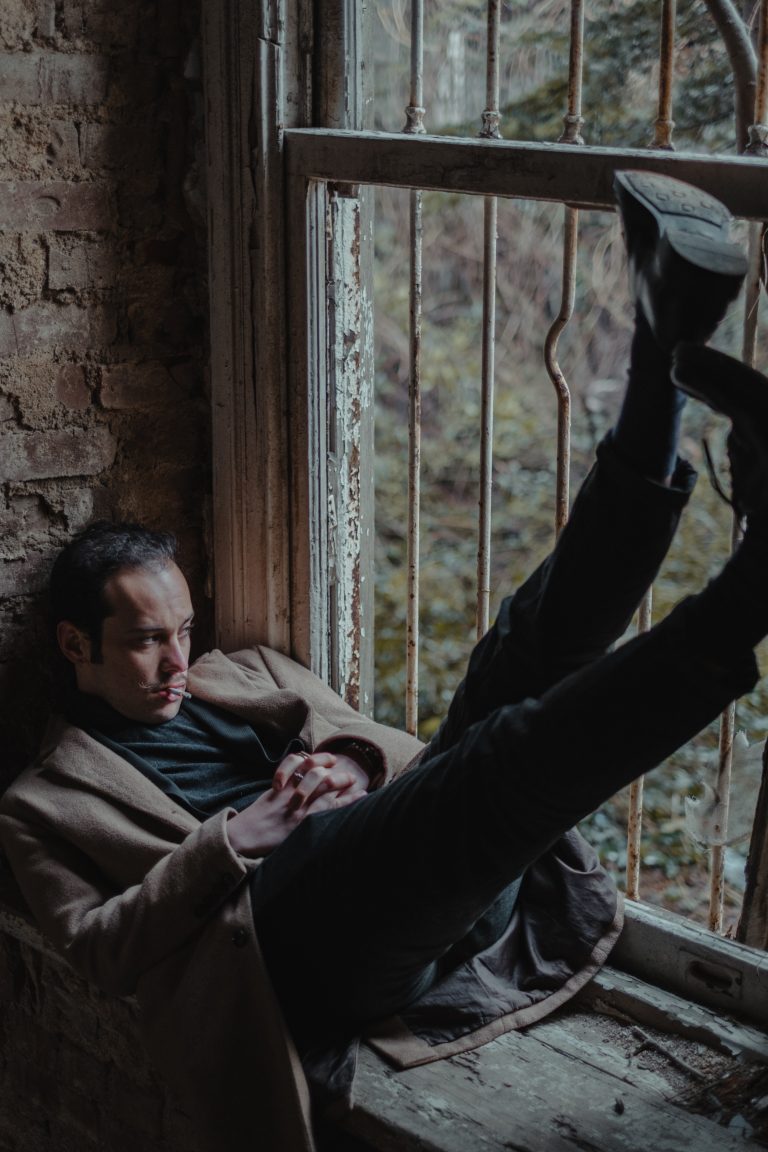The ‘Abolition of inheritance’: Theodor Oelenheinz

In the times of socialist revolutions in post-war Germany, the lawyer Theodor Oelenheinz, son of a bank director from Karlsruhe, grandson of the former finance minister of Baden (Germany) Karl Georg Hoffmann[1], and brother of the artist and architect Leopold Oelenheinz[2], wrote an innovative piece on the “Abolition of inheritance”[3].
Background
Oelenheinz, born 1872, studied law, economics and philosophy and earned his doctorate with summa cum laude in 1897 at the University of Heidelberg. He worked as a lawyer in Mannheim and Heidelberg 1899 to 1941. Besides, he served various shorter intervals in the military between 1890 to 1919, leaving on the rank of a captain with good certificates about his achievements and character. Oelenheinz was apparently promised to be appointed to the “Colonial and Consular Court” (Oberster Kolonial- und Kosulargerichtshof) which was to be founded in Berlin around 1912[4]. In order to prepare for this, he studied international and colonial law for 3 semesters in the oriental seminar in Berlin. Due to alleged British intervention, the court was not established. Beyond publishing the “Abolition of inheritance” in 1919, Oelenheinz published “The right of invention” in 1922/1923, and a few other texts on inflation. He was also the publisher of the weekly newspaper “Deutsche Woche” in Mannheim. He was a member of or affiliated with a number of associations, among them:
· The nationalist Pan-German League (‘Alldeutscher Verband’), a predecessor of the NSDAP
· The subgroup of commercial lawyers in the German Association of Economists (‘Reichsverband Deutscher Volkswirte’)
· People’s Justice Party (‘Volksrechtspartei’) [1926-1930], as head of local group.
· Layer Society of Nazi Germany (NSRB / BNSDJ) [1933 to 1944]
· German Business Association (‘Deutscher Wirtschaftsverein e.V.‘) in Mannheim, as chairman. This association was propagating to buy German products to aid the local economy in times of the world economic crisis around 1930.
· SA patron member until January 1933, SS patron member since August 1933
· ‘Opferring’ since 1932, financially supporting the NSDAP local structures.
While only half of the lawyers who were members of the NSRB/BNSDJ were also NSDAP party members, the early and long membership could be seen as sign of support of the (early?) Nazi regime, especially given his other affiliations listed above. Oelenheinz name is also connected to the foundation of a Nazi fashion agency Deutsches Modeamt in Berlin around June/July 1933.[5] A Dr. Oelenheinz from Mannheim is reported to have served as co-founder and board member of the agency alongside prominent figures such as Magda Goebbels (wife of propaganda minister Joseph Goebbels), Sigmund Weech (creator of the German coat of arms and an older version of the Berlin coat of arms), and Hans Horst[6] (former director of the major wool company Nordwolle[7]), who was leading the board as the institutions director. The agency’s founding documents are preserved in a file related to the purchasing department of IG Farbenindustrie AG, suggesting close ties between the Deutsches Modeamt and industrial interests, and possibly explaining Oelenheinz’s involvement as a lawyer specialised in patent law. However, the two board members Oelenheinz and Weech alongside the honorary director Magda Goebbels resigned from their roles within one month after the institute was founded[8], presumably around a fight between Magda and Joseph Goebbels. The propaganda minister didn’t like to see his wife in a public office as it was conflicting with the Nazi women ideal.
Oelenheinz Nazi affiliations are somewhat in conflict with his social-liberal, partially communist-friendly book “Abolition of inheritance”. Contrary to his affiliations and financial support of the early Nazi period, he never became an NSDAP member. His file at the Lawyer society reveals that he received a number of rebukes for apparent non-conforming behaviour. Colleagues complained about him for doing agitation against the NSDAP. He was described in formal correspondence as an “antifaschist” by authorities in West and East Germany after WWII; the respective court in charge of denazification declared him to be “not affected”[9].
After WWII, Oelenheinz regained his admission as lawyer in Mannheim in 1950, attempted to start a late habilitation process with the university of Heidelberg, and was heard as witness in important court cases against Nazi criminals.[10] He died in late 1951.
Abolition of inheritance
Oelenheinz’ “Abolition of inheritance” is structured as a formal proposal consisting of several articles of how a new inheritance order could be structured, what would be allowed, and what not. He attempted to strike a balance between a complete Marxist abolition of private property and a capitalist system in which private property may yield socially desirable behaviour in the economy. His goal was to establish a “property for life” conception instead of the extension of property rights beyond death through inheritance. His proposal differs from others in that he attempts to strike his social-liberal balance by differentiating private-use goods from revenue generating assets, allowing inheritance of the former while abolishing the inheritance of the latter. Revenue-generating assets include money and other financial assets (beyond saving allowance, see below), land, machinery, manufacturing buildings and real estate (for rent). Private-use assets include household goods, clothing, jewellery, private residence and a saving allowance in the magnitude of the last annual salary of the deceased.
In case of mixed-use property which is both for private but also revenue generating purpose (such as the house that you live in but in which you also rent an apartment, are considered revenue-generating and thus prohibited for inheritance. Debt related to revenue-generating assets is taken over by the state, whereas for debt which was made for private purposes the heirs are liable with their inherited private-use assets.
Dependants of the deceased such as wife and children are to be supported with annuity payments for their upkeep and education. These support payments are to vary according to the social status of the deceased, and to be financed from the interest of the confiscated revenue-generating assets. In case the interest doesn’t suffice, the stock of assets shall be used up gradually, where necessary. Ultimately, the state takes responsibility to make sure the upkeep and education claims can be met.
Family businesses including farms may be continued by heirs through paying a lease-rent of 4% for 20 years to the state. If no heir is willing to take over the business, other existing shareholders, employees or external parties may take up the lease from the state. If no one is willing to take it up, the business shall be closed or run by state agencies. Apartment buildings and rental housing from the revenue-generating inheritance assets shall be turned into public rental property.
For private-use assets, the order of succession starts with children, followed by siblings and ending with spouse. Fathers may inherit their property to their sons, and mothers to their daughters. If private-use assets can’t be divided or assigned well to multiple heirs, they may be auctioned off in order to divide the revenue evenly. For self-used housing, some concessions are made e.g. the option to inherit some cash for maintenance purposes, especially for older, listed buildings of public interest deserving special protection. Private parks made available to the public may be classified under private-use assets. In order to prevent inheritance tax evasion by exaggerate accumulation of private-use assets, the state should reserve the right to allow these only within reasonable limits and to confiscate them under special conditions. Lastly, several provisions are made for the transition period from the inheritance system of 1919 in Germany towards the one Oelenheinz was envisioning. He wanted a gradual transition with little disruption in the economy.
Summary
Oelenheinz’s vision for inheritance reform is an intriguing mix of social-liberal and Marxist elements, reflecting a desire to balance wealth redistribution with economic continuity. However, his model raises several critical questions: The proposal suggests that dependents (spouse, children) would receive annuity payments from the interest of confiscated revenue-generating assets. But what happens when the income from these assets is insufficient? His solution of gradually using up the principal may be unsustainable over time, especially if economic downturns deplete these funds faster than expected. Would the state step in with general tax revenue if the funds from seized assets are insufficient? If so, how? It all remains a bit unclear. The varying levels of support based on “social status” of the deceased that he proposes remain vague. How is social status defined? If based on income or profession, does this not introduce a form of inherited privilege, albeit indirect? The same is true for his saving allowance, which he bases on the last income of the deceased, making it a form of inherited privilege as well. The treatment of mixed-use assets (e.g., a home with rental units) is a bit problematic. The strict classification of such assets as revenue-generating may discourage property owners from renting out portions of their property, leading to inefficiencies.
Oelenheinz’s proposal is a bold and forward-thinking attempt to balance equal opportunity with economic continuity. While some details remain vague, this is not a major flaw but a reflection of his ambition to push the inheritance debate forward. His key innovation—the distinction between revenue-generating and private-use assets—anticipates modern policies, such as Germany’s tax exemptions for self-inhabited homes. Despite its originality, his work never gained the popularity it deserves.
Although Oelenheinz’s vision of an Abolition of Inheritance was never implemented, it has been acknowledged as part of the intellectual groundwork that influenced the evolution of inheritance taxation in Germany. His work is cited in leading legal commentaries, including the Staudinger commentary, one of the most authoritative interpretations of the German Civil Code (BGB) today, as well as Planck’s commentary, which served as the original and official commentary at the time of the BGB’s enactment.
Oelenheinz other publications are similarly cited in leading publications of their respective subject, such as Das Recht der Erfindung, which is cited in one of the leading German patent law commentaries, the Busse Patent Law commentary. Additionally, Spiegel der deutschen Inflation: Dokumente, Berichte, Urteile has been referenced in multiple economic history studies on German inflation, including Bernd Widdig’s Culture and Inflation in Weimar Germany.[16]
References & Further Reading
The article has been written in parallel to the related Wikipedia article which is currently in draft stage and undergoing review: https://en.wikipedia.org/wiki/Draft:Theodor_Oelenheinz
[1] https://de.wikipedia.org/wiki/Karl_Georg_Hoffmann
[2] https://de.wikipedia.org/wiki/Leopold_Oelenheinz
[3] Oelenheinz (1919): „Abschaffung des Erbrechts: ein Gesetzesentwurf“. Heft 13, „Deutsche Gemeinwirtschaft“. Eugen Diederichs. https://portal.dnb.de/bookviewer/view/1109765118#page/n0/mode/1up
[4] See the following two sources for a discussion of this court: Hamburger Echo., Jahrgang 25, Ausgabe 35, 10.2.1911. Staatsarchiv Hamburg, Bibliothek. https://resolver.sub.uni-hamburg.de/kitodo/PPN1754726119_19110210
Perels (1910): „Die Errichtung eines Kolonial- und Konsular-Gerichtshofes“. Kritische Erörterungen. Friederichsen. Hamburg
[5] Hakenkreuzbanner newspaper from 5.7.1933. https://nbn-resolving.org/urn:nbn:de:bsz:mh40-258146
[6] Guenther (2004): „Nazi chic? Fashioning Women in the Third Reich”. Berg Publishers. p.170
[7] Schuer and Becker (2015): “Prunk und Pleite der Nordwolle“. Weserkurier. https://www.weser-kurier.de/stadt-delmenhorst/prunk-und-pleite-der-nordwolle-doc7e3vqla722hkmtwvc9e
[8] Freie Presse newspaper from 29.7.1933. https://iisg.nl/collections/freiepresse/documents/zf1134-03.pdf
[9] Generallandesarchiv Karlsruhe 240-2 Nr. 429
[10] Generallandesarchiv Karlsruhe 240-2 Nr. 429





